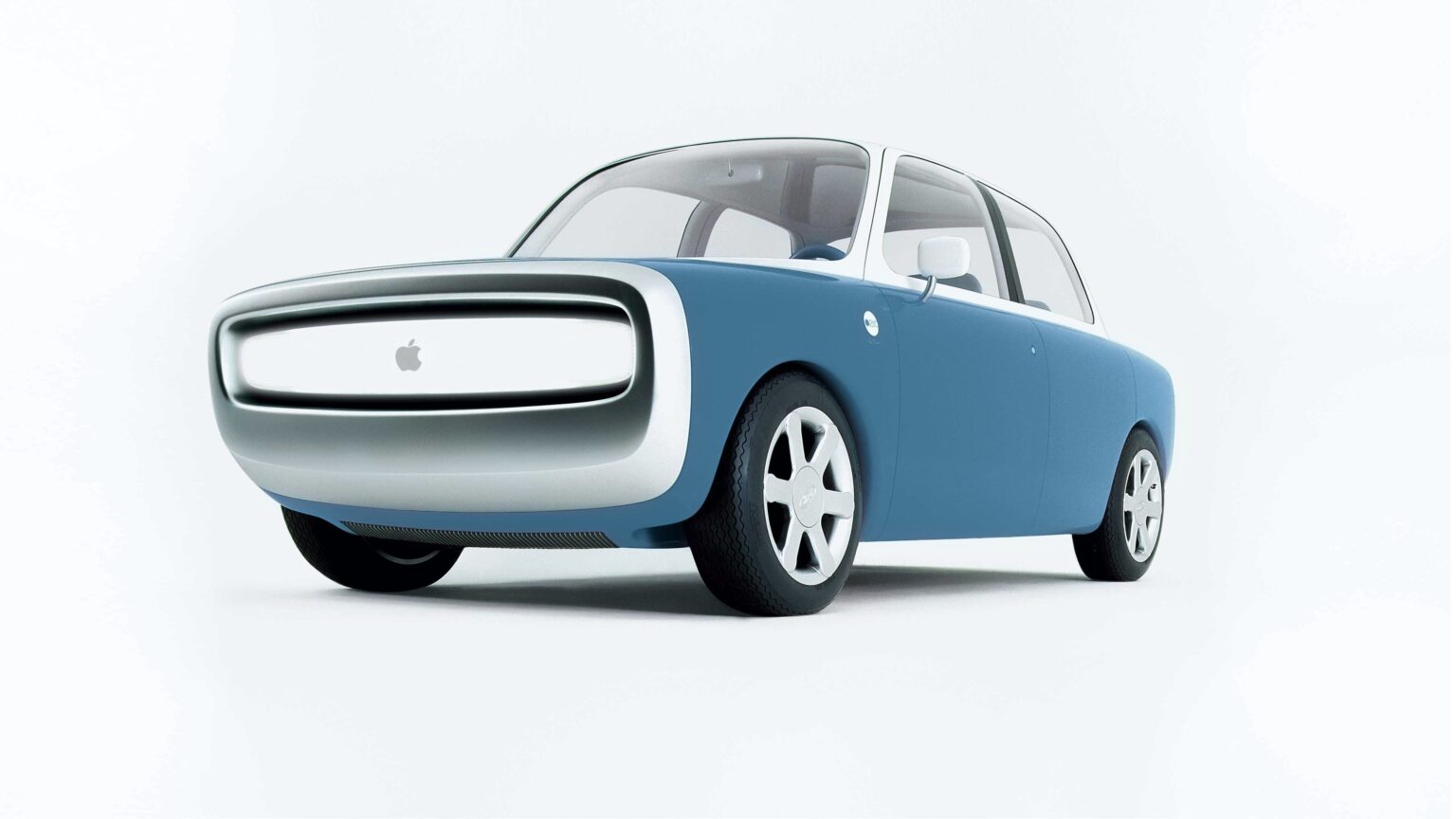Even as a big car enthusiast (and a bigger AI pessimist), I see Apple’s cancellation of its electric car project in favor of tackling AI as nothing but good news.
Apple pulled the plug Tuesday on the doomed Project Titan, its decade-long attempt at building a self-driving electric car. The company reportedly will reassign software engineers from the autonomous vehicle project to work on generative AI.
Some of my colleagues here at Cult of Mac find the Apple car cancellation depressing and sad. And, yes, it was always fun imagining what an Apple car would be like. However, Apple’s now-abandoned car strategy is already being executed at the peak of what’s possible by every other automaker. And whereas OpenAI, Google and Facebook clearly aren’t remotely interested in waiting for an ethical solution to their many, many problems, I think Apple has the best chance of bringing about positive change in this field.
The Apple car never made any sense in the first place
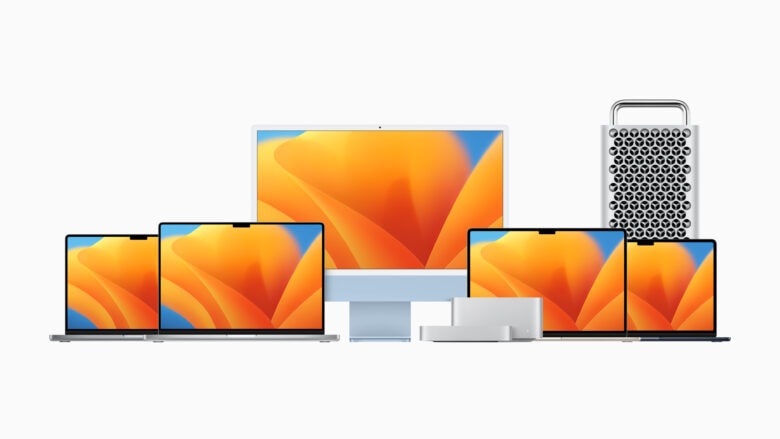
Photo: Apple
Project Titan, the Apple car project, was a misguided idea to begin with. The car industry runs entirely antithetical to Apple’s mode of operations.
While a self-driving car is the “mother of all AI problems,” as described by Apple CEO Tim Cook, building out the necessary infrastructure to prototype, manufacture, ship, display, sell and service a fleet of electric cars is the mother of all logistical problems. Sure, Apple hired a pretty good logistics guy to run the company. But making a car would sit extremely far outside Apple’s area of institutional expertise.
Apple scaled up from a company that builds computers into a company that builds computers and portable music players, then smartphones, then tablets, then smartwatches, then wireless earbuds and now headsets. Each new Apple product category is a natural extension of what came before, a stepping stone built on the institutional knowledge of lessons learned.
Mass-manufacturing and selling a car — not just goofing around with concepts in the design studio — has so very little in common with the Apple we know today that to do so effectively would require practically a brand-new company. Apple would need thousands of new hires with different domains of expertise in engineering, new partnerships with new manufacturers, new legal and regulatory experts, an entirely new network of stores and service centers all around the country, and a new branch of management to make this all happen.
All of this to enter an industry with famously slim profit margins around 9% — a far cry from Apple’s 26%.
The car industry is one of the healthiest competitive industries
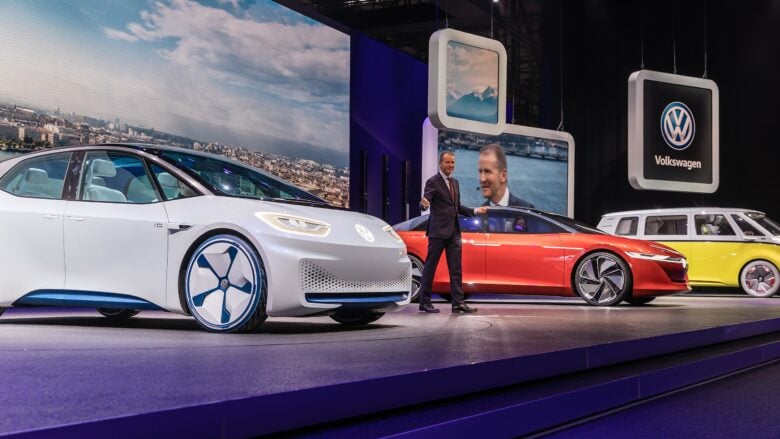
Photo: Matti Blume/Wikimedia Commons
As much as Apple doesn’t need to join the car industry, the car industry doesn’t need Apple.
Apple only enters a market when it believes it has something special to offer. A new technology up its sleeve, a radical idea or a totally different approach entirely.
- Compared to the TRS-80 and the Commodore PET, the Apple II was the only one with full color and eight expansion slots for easy tinkering.
- The Macintosh pulled the experimental new graphical user interface down to an aggressively low price compared to what came before.
- The iMac was basically a low-spec Power Macintosh G3. However, it was also the easiest way to get on the internet, packaged in an attractive design.
- The iPod was just another hard drive-based MP3 player, but its click-wheel interface reigned supreme. And the iTunes Music Store was the first and best way to buy music without going to the store and taking home a CD.
- The iPhone was the first smartphone to bet the house on a big capacitive touchscreen and a powerful operating system based on OS X, among countless other UI innovations.
- AirPods created a new class of Bluetooth earbuds that are easier to use and charge. Everyone has copied Apple’s design.
The world doesn’t need an Apple car
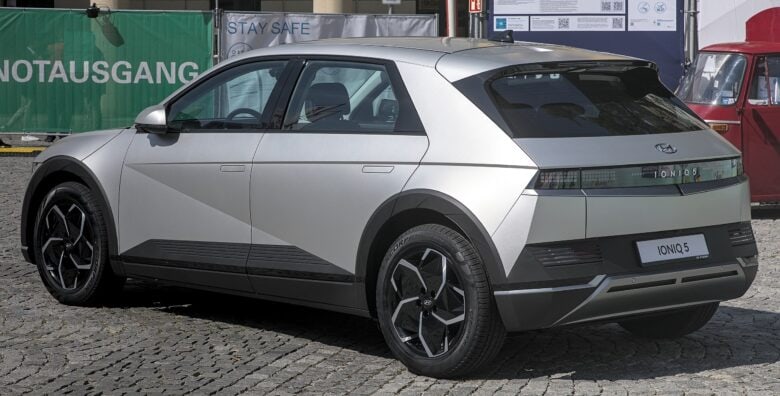
Photo: Alexander Migl/Wikimedia Commons
From what we’ve heard, the original goal of Project Titan was to produce a self-driving battery electric car.
Ten years ago? Sure, that was a pretty novel idea. In 2014, Tesla had one and only one car for sale, the just-released Model S. Tesla sold a record number of cars the year before — 22,000. (Toyota sold more in a single week.)
These days, there’s the Tesla Model S, Tesla Model X, Tesla Model 3, Tesla Model Y, Tesla Cybertruck, Ford Mustang Mach-E, Ford F-150 Lightning, Ford E-Transit, Volkswagen ID.4, Volkswagen ID.7, Volkswagen ID.Buzz, Nissan Ariya, Hyundai Ioniq 5, Hyundai Ioniq 6, Kia Niro EV, Kia EV6, Kia EV9, Toyota bZ4X, Subaru Solterra, Lucid Air, Chevrolet Silverado EV, Chevrolet Blazer EV, Cadillac Lyriq, Hummer EV, Rivian R1T, Rivian R1S, Mercedes EQB SUV, Mercedes EQE sedan, Mercedes EQE SUV, Mercedes EQS sedan, Mercedes EQS SUV, BMW iX, BMW i4, BMW i5, BMW i7, Polestar 2, Polestar 3, Polestar 4, Volvo EX90, Volvo EX30 and probably 147 more that I’m forgetting or will ship in the next few years.
The car industry isn’t a monopoly or a duopoly. There are dozens of automakers in competitive lockstep and dozens more startups. Everything that can be imagined is already being tried.
A battery-electric self-driving car would have been a differentiator 10 years ago. But now, everyone is trying to build exactly that. Take your pick.
The incumbent AI industry needs to be stopped
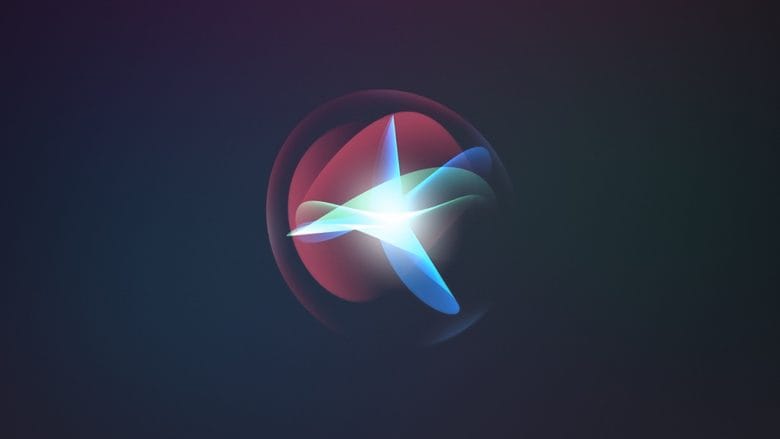
Image: Apple
The other half of the story is that Apple is moving the engineers from the Apple car to work on upcoming AI features.
Look, I couldn’t give a rat’s ass about AI. Large language models like ChatGPT and Bard are little more than bullshit-spewing machines. Generative imagery is plagiarized at best and hideous garbage at worst. Why hire a copywriter or graphic designer when you can burn up your computer and destroy the environment for a worse end result?
The products offered by OpenAI, Facebook and Google are emblematic of Silicon Valley’s worst instincts for institutional racism. All of the subsequent products that are lazily built on top of ChatGPT will have the same underlying problems.
That being said, I think Apple is in the best position to do AI properly. To show the world that you don’t have to move fast and break things, you don’t have to push marginalized people under the rug (once again) for the sake of creating value to shareholders and alleged progress.
This is where Apple can play to its ultimate strength: Enter a market late with a fundamentally different philosophy that gets it right. If that isn’t a classic Apple move, I don’t know what is.
Apple has the power, the bandwidth and the resources to engineer a product built on bespoke, curated training data. Apple has the foresight to thoroughly, rigorously test their product before launching. And best of all, Apple has the restraint to wait until they get it right. If Apple can’t do it right, Apple doesn’t bother.
Don’t mourn the Apple car’s cancellation — OpenAI needs a kick in the ass more than Hyundai.
